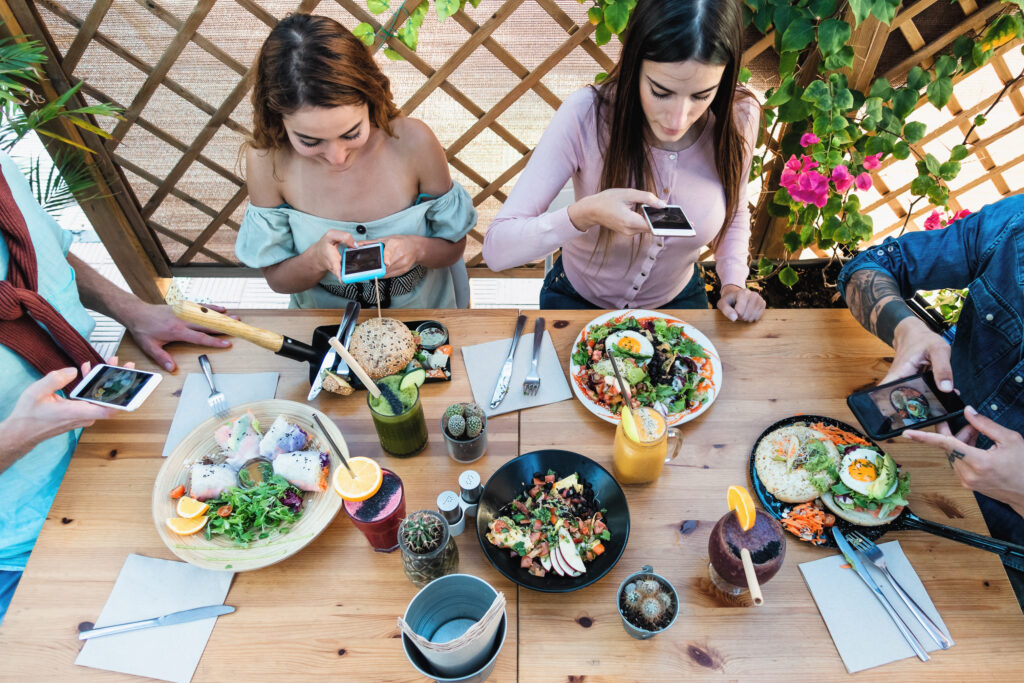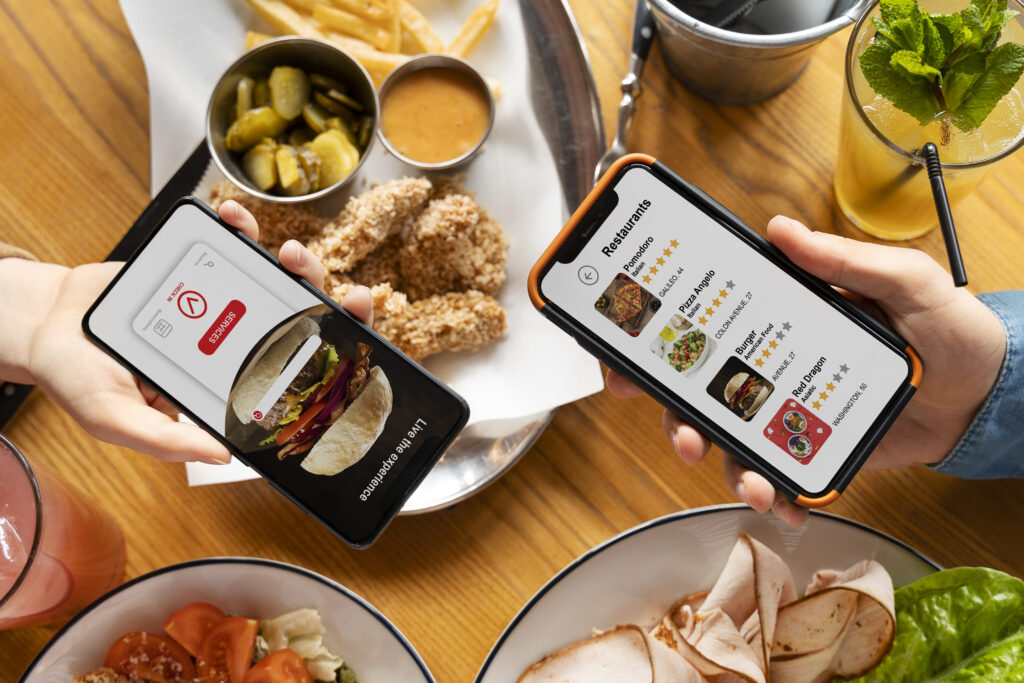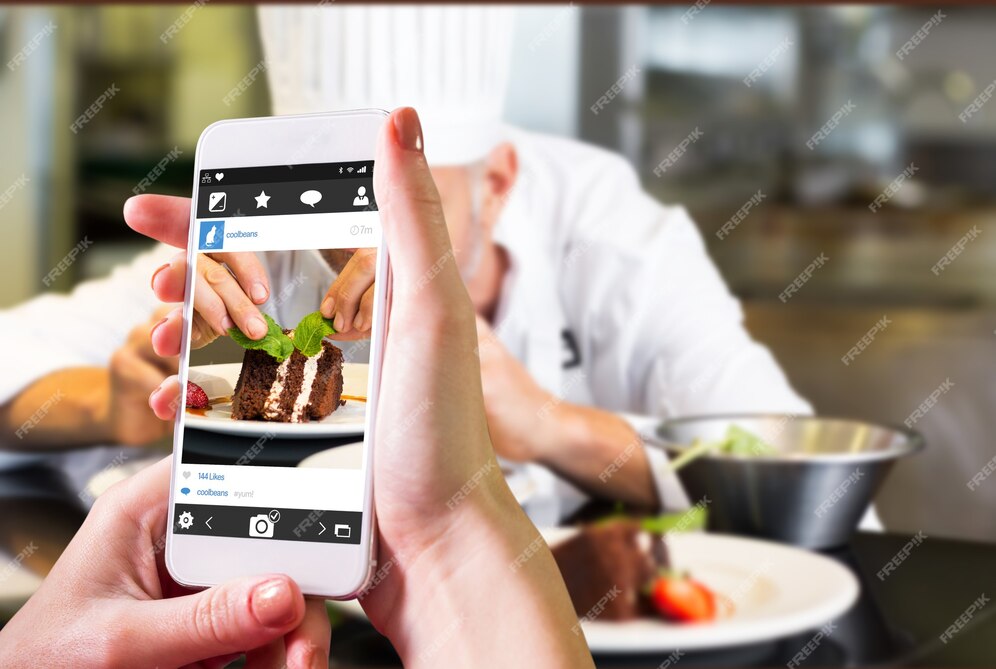Web Design for Restaurants: 7 Must-Have Features to Attract Diners

Creating an effective web design for restaurants is crucial in today’s digital-first world, where your website often serves as a diner’s first impression of your brand. Imagine a potential customer searching for a place to eat, landing on your website, and being captivated by its sleek design, mouthwatering visuals, and easy navigation. If your website is outdated or hard to use, you risk losing diners to competitors who offer a more seamless online experience.
This article explores seven essential features every restaurant website must have to attract and retain customers. From mobile optimization and online reservations to high-quality visuals and SEO best practices, you’ll gain actionable insights to ensure your website drives traffic and boosts engagement. Keep reading to discover how to create a website that turns visitors into loyal patrons.
Why Web Design Matters for Restaurants
A restaurant’s website is more than a digital menu—it’s a marketing tool, a branding opportunity, and a crucial element in the diner’s decision-making process. Here’s why investing in effective web design for restaurants is essential:
- First Impressions: Your website is often the first interaction diners have with your brand. A professional design builds trust and excitement.
- Accessibility: Diners expect to find everything they need online, from your menu and location to reservation options and operating hours.
- Competitive Edge: A standout website can set you apart from competitors and attract more customers.
Feature 1: Mobile-Friendly Design

With over 60% of website traffic coming from mobile devices, a mobile-friendly website is non-negotiable. Diners often search for restaurants on the go, and your site needs to provide a seamless experience across all devices.
What to Include:
- Responsive Design: Ensure your website adjusts perfectly to different screen sizes.
- Click-to-Call Buttons: Make it easy for mobile users to contact you directly.
- Fast Loading Speed: Optimize images and code for quick load times, as slow websites can deter visitors.
Feature 2: Intuitive Navigation
Clear and easy navigation is critical for keeping visitors on your site and helping them find what they need. Confusing layouts or hidden information can frustrate users and send them elsewhere.
Best Practices:
- Simple Menu Structure: Include clear headings like “Menu,” “Reservations,” “Contact,” and “About Us.”
- Search Bar: Add a search feature for larger websites to help users find specific items quickly.
- Logical Flow: Guide users naturally from one section to the next with well-organized content.
Feature 3: High-Quality Visuals
Food is a visual experience, and your website should reflect that. High-quality images can entice diners, showcase your ambiance, and build excitement about visiting your restaurant.
Tips for Great Visuals:
- Professional Photography: Invest in photos of your signature dishes, dining space, and team.
- Video Content: Short clips of food preparation or customer testimonials can enhance engagement.
- Consistent Branding: Use a cohesive color palette and design elements to reinforce your brand identity.
Feature 4: Online Reservations
In today’s fast-paced world, diners appreciate the convenience of booking a table online. An online reservation system not only saves time but also improves customer satisfaction.
Key Features:
- Real-Time Availability: Show diners open time slots to prevent overbooking.
- Confirmation Notifications: Send email or SMS confirmations for added convenience.
- Integration with Management Tools: Sync your reservations with scheduling software for seamless operations.
Feature 5: Menu Display and Customization
Your menu is one of the most important features on your website, and it needs to be displayed clearly and attractively. A well-designed menu can influence diners’ decisions and showcase your offerings.
Best Practices:
- Readable Format: Use large, legible fonts and high-contrast colors for accessibility.
- Interactive Features: Allow diners to filter options by dietary preferences, such as vegetarian or gluten-free.
- Downloadable Options: Provide a PDF version for customers who prefer to save or print the menu.
Feature 6: SEO and Local Search Optimization
To attract more diners, your website needs to rank high on search engines. Local SEO is especially crucial for restaurants, as most searches are geographically specific.
SEO Tips:
- Keyword Integration: Use terms like “best Italian restaurant in [city]” naturally throughout your site.
- Google My Business: Ensure your profile is complete with up-to-date information.
- Schema Markup: Use structured data to enhance your search listings with rich snippets.
Feature 7: Social Media Integration

Social media is a powerful marketing tool for restaurants, and integrating it into your website can amplify your reach. By encouraging visitors to engage with your profiles, you can build a loyal online community.
Integration Ideas:
- Live Feeds: Display your latest Instagram posts or Facebook updates on your homepage.
- Social Sharing Buttons: Allow users to share menu items or events directly from your site.
- User-Generated Content: Showcase photos or reviews from happy customers to build credibility.
Takeaways
Investing in exceptional web design for restaurants is no longer optional—it’s a critical component of attracting diners and building a successful business. By incorporating must-have features such as mobile optimization, intuitive navigation, high-quality visuals, and online reservations, your website can create a seamless and engaging experience for potential customers. Adding SEO strategies and social media integration ensures that your site not only looks great but also reaches a wider audience and drives more traffic. These elements collectively transform your website into a powerful marketing and operational tool that keeps your tables full.
Looking ahead, the future of web design for restaurants will likely focus on emerging trends like AI-driven personalization, voice search optimization, and interactive features to further enhance user experience. Staying updated with these advancements will ensure your restaurant remains competitive in an ever-evolving digital landscape. What features have you found most effective for your restaurant’s website, or what challenges are you facing in building one? Share your thoughts in the comments below, and let’s start a conversation about crafting the perfect restaurant website.
Upgrade Your Restaurant Website Today
An effective web design for restaurants is about more than aesthetics—it’s about creating an experience that attracts diners and keeps them coming back. By incorporating mobile-friendly layouts, stunning visuals, easy navigation, and seamless online reservations, your website can become a powerful tool for growth.
Ready to transform your restaurant’s online presence? Implement these must-have features today and watch your website turn clicks into reservations!


